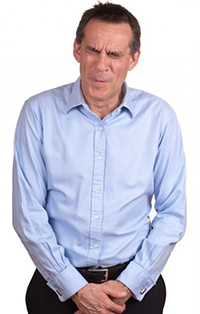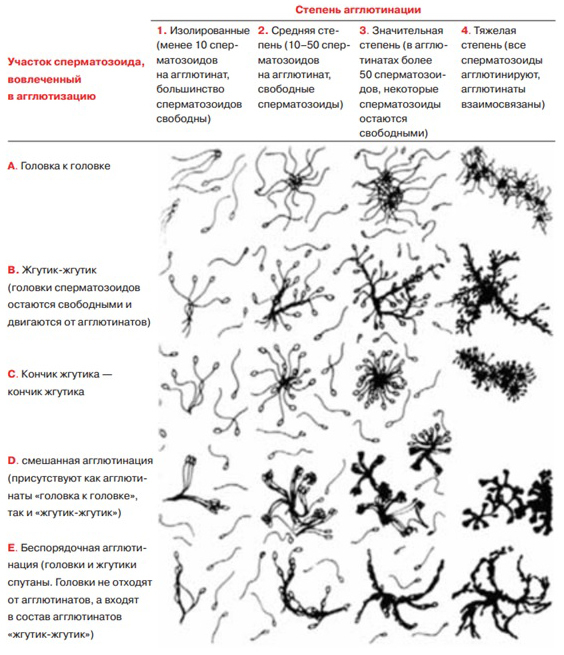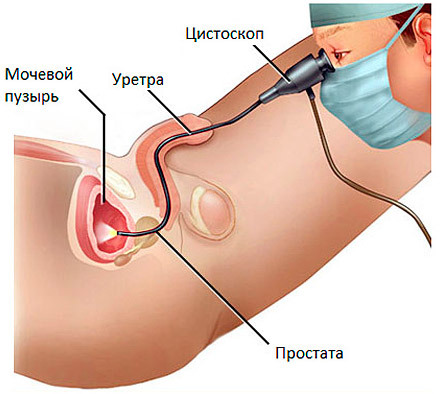Symptoms of renal colic in men and treatment of pathology
Renal colic is, more often than not, a sign that a person has urolithiasis. Known by this name, the symptom complex accompanies the movement of the stone from the renal pelvis to the ureter. Spasm of smooth muscles of the urinary tract is characterized by a predominance of cramping pain of high intensity. The phenomenon occurs, including, if the stone has not moved from the kidney, but only stirred inside it. Pathology is preceded by the formation of a stone-like deposit or accumulation of sand. During an attack, you need to call an ambulance and get tested.
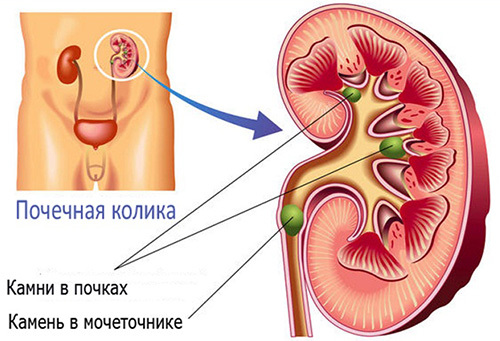
Kidney stones( concrements) are the cause of renal colic.
Contents
- 1 Causes
- 2 Symptoms
- 3 Treatment
- 3.1 First aid
- 3.2 Drug therapy
- 3.3 Crushing of the calculus
- 4 Diet
Causes
The stones inside the kidneys in the official medicine are called "concrements".There are several types of these deposits - their main difference is the chemical composition. The components that make up the stones depend on the main metabolic disturbance in the body. There are such kinds of concrements:
- oxalates: arise from excessive uric acid and calcium in the blood;
- urate: formed due to a high concentration of urea;
- phosphates: they are composed of phosphoric acid salts, the deposition is preceded by excessive consumption of fermented milk products and the presence of an infectious process in the digestive tract;
- struvites: are composed of magnesium and ammonia waste, are formed in people with repeated diseases of the kidneys, urinary canals.
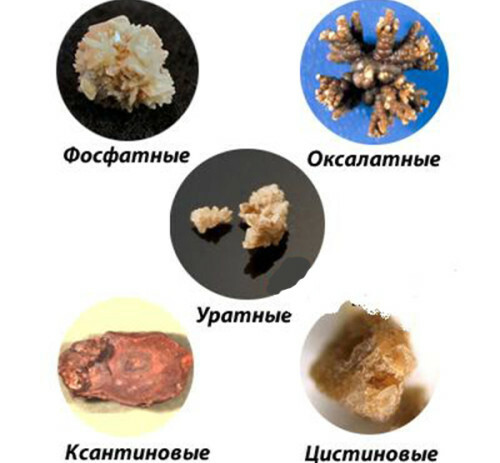
Varieties of kidney stones that cause renal colic.
It is possible to accurately determine the chemical composition of a stone only in laboratory. Experienced doctors are able to presuppose it, evaluating by such indicators as texture, color, density. Stones inside the kidney occur in men under the following circumstances:
- Restriction of motor activity, forced bed rest( disability, long postoperative period).
- The prevalence in the diet is salty, acidic, excess of meat food( see How much salt a man needs).
- Using "hard" water( see How to choose a water filter).
- Prolonged, recurrent inflammatory processes in the urinary tract.
- Hereditary metabolic disorder.
- Some medications( sulfanilamides).
Very rarely, renal colic in men develops and for a number of reasons not associated with the presence of urolithiasis: it is a consequence of the transferred trauma, it can develop as a result of embolism, congenital diseases of the parts of the urinary system.
Symptoms
The primary source of the formation of a stone-like deposit is the renal pelvis. Later, the calculi move along the system, stopping in the ureters or bladder.

Renal colic is manifested by pain in the lumbosacral spine.
The intensity and nature of pain predetermines not only the size of the stone, but also the presence of concomitant diseases that arose as a complication, while the kidney contained a calculus. More often this pyelonephritis is an inflammation of the renal pelvis. If, simultaneously with renal colic, this pathology has arisen, the pain will not only be cramped, but also girdle. The location of the unpleasant sensation changes depending on the movement of the stone along the ureter.
- Emotional arousal. A man at the time of renal colic is restless, irritated, his forehead is covered with sweat.
- Pressure increase. The blood pressure level rises to high figures. The phenomenon is caused not only by the general psychoemotional agitation of the patient, but also by the pressure of the stone inside the pelvis on the renal artery. AS Vomiting, nausea. Against the background of renal colic, nausea and vomiting develop. If the attack is strong enough, and a man has a high susceptibility to pain, the likelihood of fainting is high.
- Violation of urination. Movement of the stone along the urinary tract leads to a micturition violation - volume and frequency increase or, conversely, decrease.
- Pain. The process itself is accompanied by pain inside the urethral canal. Peeing at this time is important only in the tank - to see if there will be stone or sand.
Treatment
First aid
Before the arrival of the doctor , you need to take an antispasmodic tablet( no-shp, spasmalgon) , monitor the urine concentration, the presence of impurities, precipitation. If the patient notices even a small amount of blood, sand or fragments of stone, you will need to report your observation to the doctor - this is important information.
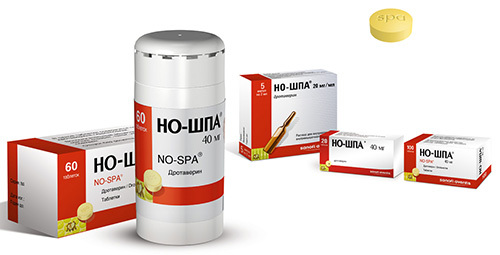
Before arriving ambulance you need to take no-spa or spazmolgon.
Medication therapy
Treatment is performed after the diagnosis of the condition - to clarify the primary source of pain, the doctor sends the patient to the ultrasound, where the presence of stones, their location, size, quantity is visualized. Other pathologies due to which renal colic has developed are also established by the use of ultrasound. Informative types of analysis are biochemical and clinical studies of blood, urine.
Having received the diagnostic data, the doctor plans a therapeutic approach. If the stone is small( not> 4 mm), the treatment involves prescribing medications that have a diuretic property: Lasix, Furosemide. At this time, you need to drink more water( up to 2 liters).Preparations will accelerate the production and excretion of urine, which will allow the body to wash out stone deposits or sand.
To destroy the calculus appoint Urolesan, Phytolite. To eliminate pain, the patient will need the introduction of antispasmodics, analgesics. If the attack can not be stopped, the doctor conducts a novocaine blockade of the spermatic cord. In order to prevent the development of the infection process inside the urinary system, appoint Kanefron, Tsiston or preparations of the nitrofuran series.
Crushing of calculus
If the size of the stone contradicts the probability of self-excretion, the doctor suggests carrying out lithotripsy - crushing of the calculus. A common low-traumatic method is laser stone crushing - the destruction of deposits to the smallest particles and their subsequent washing out of the body.
Diet
For the duration of treatment, as well as after it, a male is prescribed a diet. The permitted and forbidden products depend on the composition of the stone.
- In the presence of oxalates and after excretion of those from the body, it is contraindicated to use sorrel, spinach.
- Urat - an excuse for abandoning meat products, broths.
- Phosphates cause contraindication to the use of dairy products, vegetables, fruits.
Renal colic is the basis for a complete diagnosis of the urinary system. In a timely turn to a doctor, you can avoid the development of irreversible health consequences.
Recommended for viewing:

